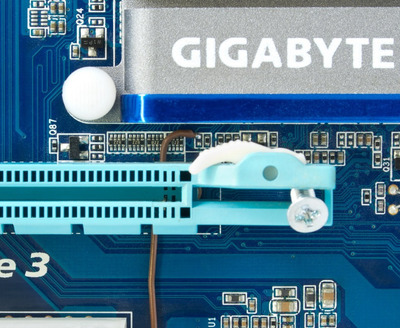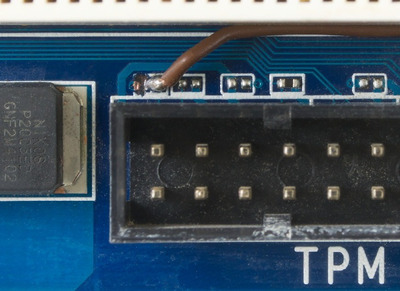I think AMD is, in some cases, simply not clear about which exact device (CPU/chipset) a given documentation is meant for, espec […]
Show full quote
rasteri wrote on 2023-04-06, 16:22:
RayeR wrote on 2023-04-06, 13:27:
There's no pin map for AM5 and Pin Description seems to be incomplete, no pin numbers. I don§t understand why AMD turned from open documentation to keep all secret.
In companies like AMD everything is secret by default. There's no real benefit to releasing pinouts, and I bet their legal team can think of 1000 bullshit ways it could bite them on the ass
I think AMD is, in some cases, simply not clear about which exact device (CPU/chipset) a given documentation is meant for, especially when it comes to present day hardware, by using only family and model numbers (codenames for chipsets). Additionally, they seem to document certain components only once unless there's a change somewhere, and it up to the audience to look for the exact one that mentioned the component in question.
(PS: According to some old news regarding the AMD 900 family chipset, the SB900 family southbridges were actually SB800 rebranded. If that's true then it explained why there were no databooks at all about SB900, since the old documents for SB800 would still be valid in this case, and there's no need for them to re-publish the same databooks.)
I did manage to find mentions about Ryzen's LPC controller (1022:790e) in some PPRs only after looking at several of them.
This one is for earlier Zen (17h), and this one is for later Zen (19h). They don't appear to differ much... You can find some other PPRs for some different models of those particular families, but they do not appear to contain sections about the FCH.
NOTE: There is a bit referring to LDRQ#1 in the FCH LPC PCI Config register (D14F3x078), but I couldn't find it on the AM4 pin map. Don't know if that other LDRQ# signal really exists...
EDIT: Nope. There's only one LDRQ# signal. The bit in question could be found in the fam19h PPR, but in the fam17h PPR the same bit was written as "reserved".
weedeewee wrote on 2023-04-07, 12:22:
Paul Daniels's OpenBoardview (free) / FlexBV
By the way... OpenBoardView cannot open fz files by default.
You need to look for a so-called decoding key yourself, and put it into the configuration file.

